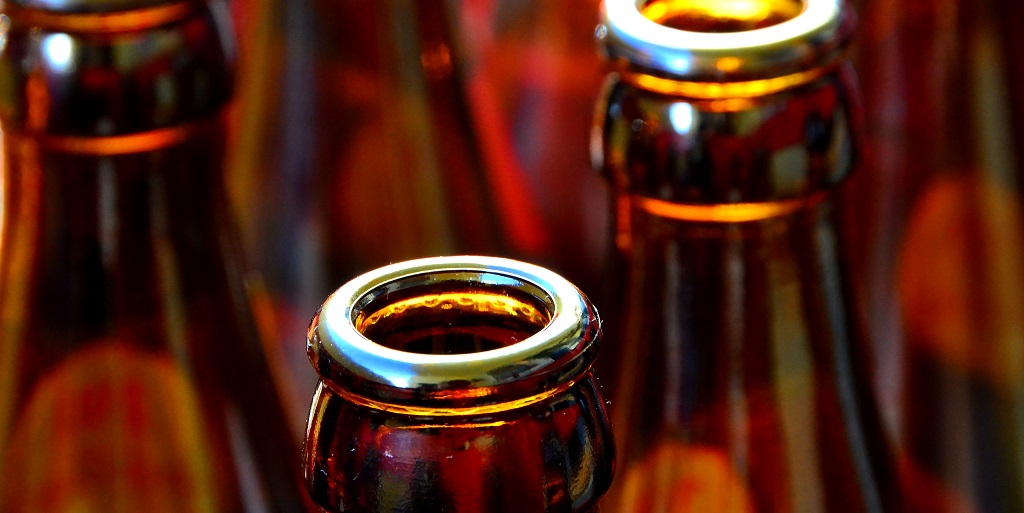
Study shows decrease in lockdown beer drinking

The latest report from researchers at Monash University using data from the Australian Tax Office has shown a net decrease in alcohol consumption during COVID-19 lockdown.
Despite the closure of licensed venues during the pandemic in March, alcohol sales data from the ATO revealed “no significant change” in off-premise beer purchases.
The findings, from researchers at Monash University and La Trobe University which has been published in the international journal Addiction, suggest that people are more likely to drink beer in social situations, opportunities for which were restricted during the pandemic lockdowns.
Nearly five years worth of ATO alcohol sales data was used to determine the changing levels of beer consumption per capita per week in litres of pure alcohol.
“We felt research using accurate alcohol sales data from the Australian Tax Office was important because there were conflicting findings in alcohol consumption trends from surveys that relied on self-reporting by drinkers…it was not clear what was happening with the overall level of alcohol consumption in Australia,” explained Dr Brian Vandenberg, lead researcher on the project.
“We aimed to fill that gap in the research, focusing on the trends in beer sales.”
Widely-reported polls from groups known for their anti-alcohol industry stances such as the Alcohol and Drug Foundation and the Foundation for Alcohol Research and Education purported to show a rise in drinking, both before and during COVID-19 lockdowns.
However other polls, such as a survey by UNSW, found that two in three people reported no change or a decrease in their drinking habits.
“The findings from self-report surveys of drinkers is very mixed,” acknowledged Dr Vandenberg.
“Our research, at least in the case of beer, indicates that there has been an overall net-decrease in consumption during the COVID-19 period.”
The Monash/LaTrobe research also looked at data week by week, determining the effects of individual lockdowns on beer consumers.
It found that when restrictions were lifted in May there was, unsurprisingly, a notable increase in on-premise beer consumption, but no change to off-premise consumption.
Second-wave restrictions, felt predominately in Victoria and measured from July, also saw an immediate reduction in on-premises beer consumption, but no significant change was seen in off-premises consumption.
However, Dr Vandenberg stressed that these results were preliminary when it comes to determining wider drinking habits during the lockdown, particularly when it comes to wine and spirits, the omission of which were “key limitations” of the overall study.
“It seems plausible that the trends in beer sales would be similar across other categories because the proportion of alcohol that is consumed on- and off-premises is similar for each of the categories – approximately one in five standard drinks are consumed on-premises – but we cannot be certain of this until further research is undertaken.”
The report said that from a public health perspective, the apparent reductions in beer consumption represent an “unexpected benefit” from lockdown closures.
“The overall level of beer consumption in Australia appears to be quite sensitive to the availability of opportunities for on-premises consumption,” said Dr Vandenberg.
“Even as pubs and other venues have begun to gradually re-open across Australia, the restrictions on patron numbers and the lower levels of tourism appear to be holding down overall beer consumption compared to previous years.
“Off-premises beer consumption has remained as high as before, but it has not replaced the decreases in on-premises beer consumption. This scenario could remain the case for some time.”
The study findings come as the National Health and Medical Research Council has released new consumption guidelines recommending adults should be drinking no more than 10 standard drinks in a week and no more than four standard drinks on any one day.



